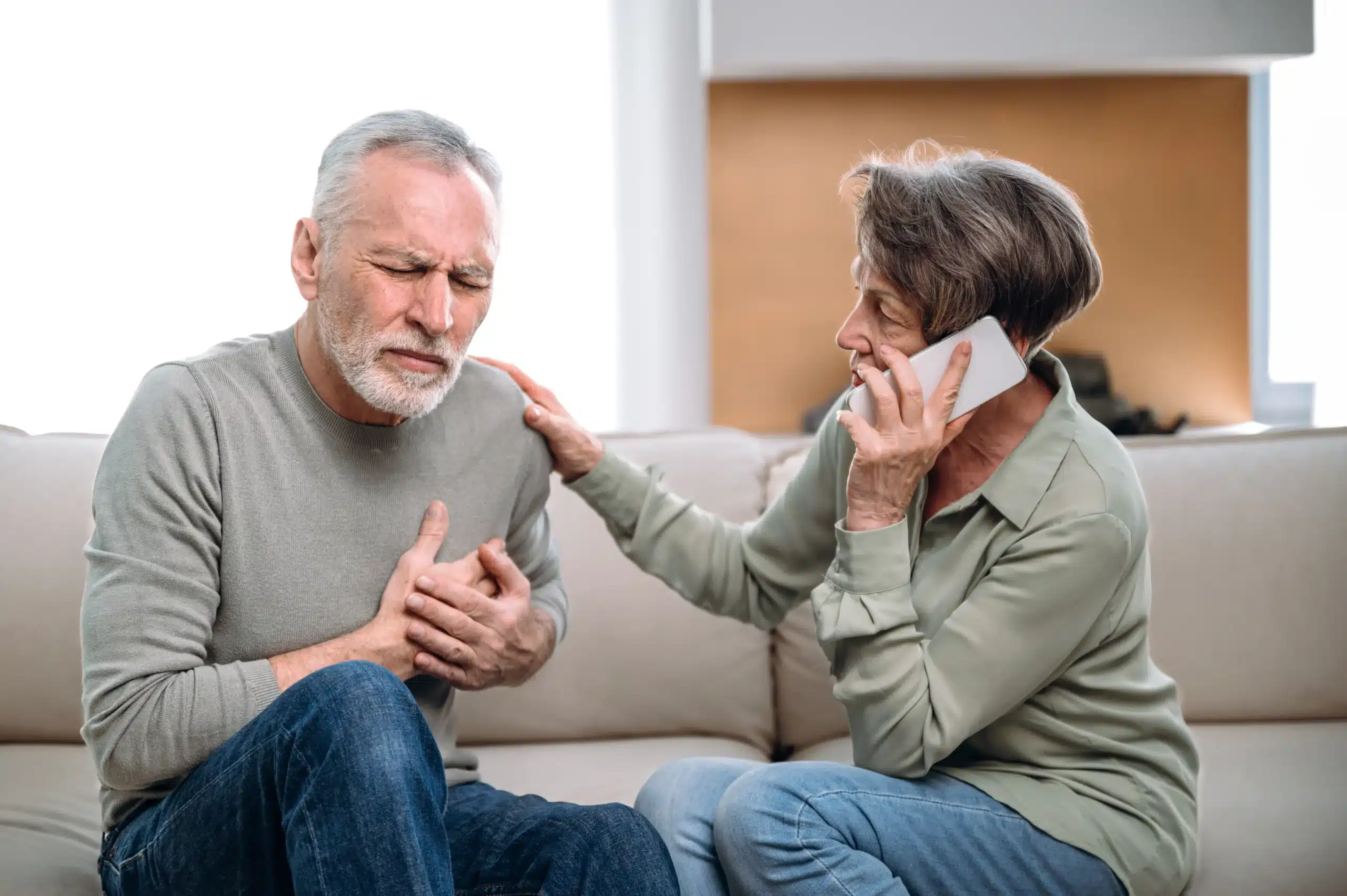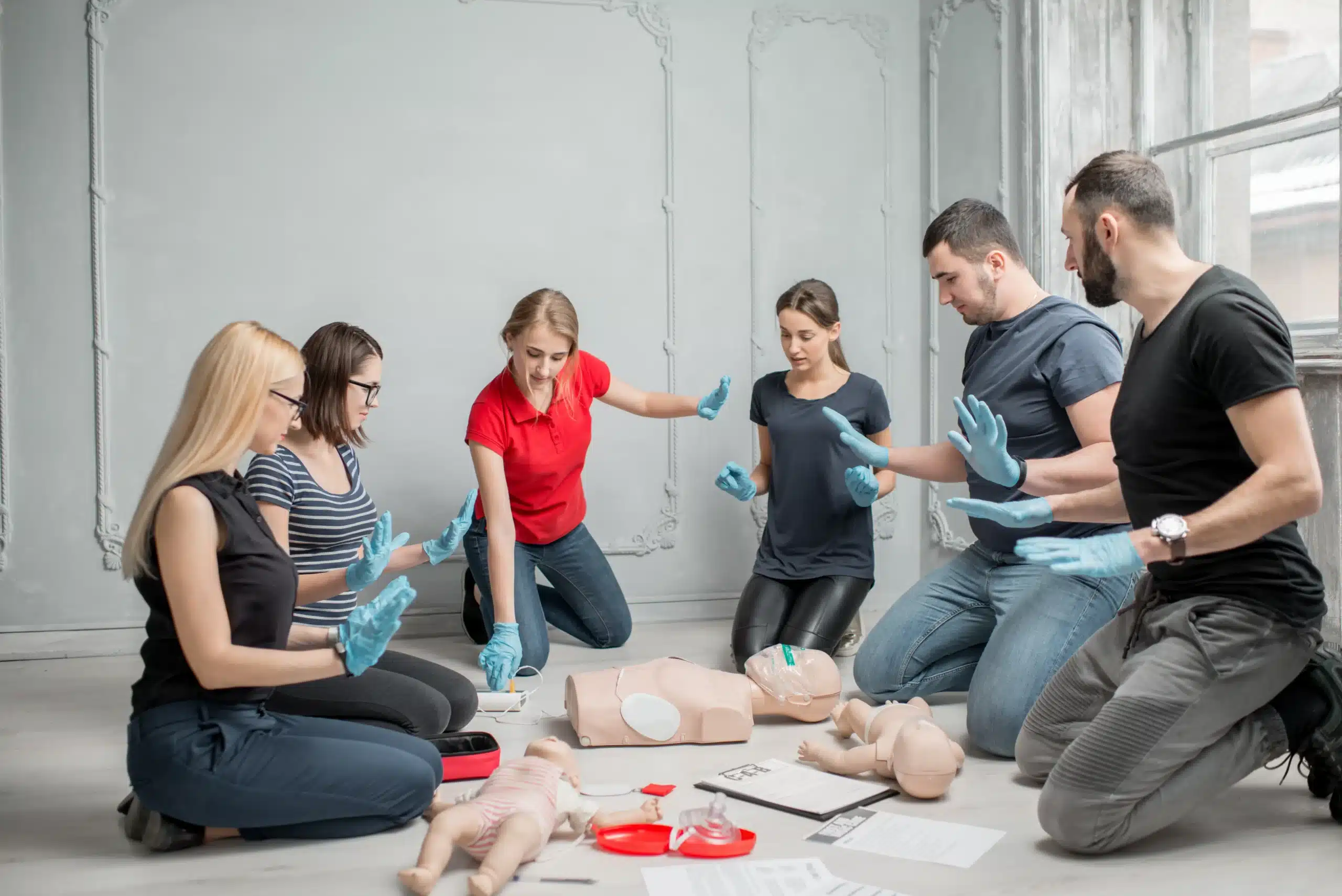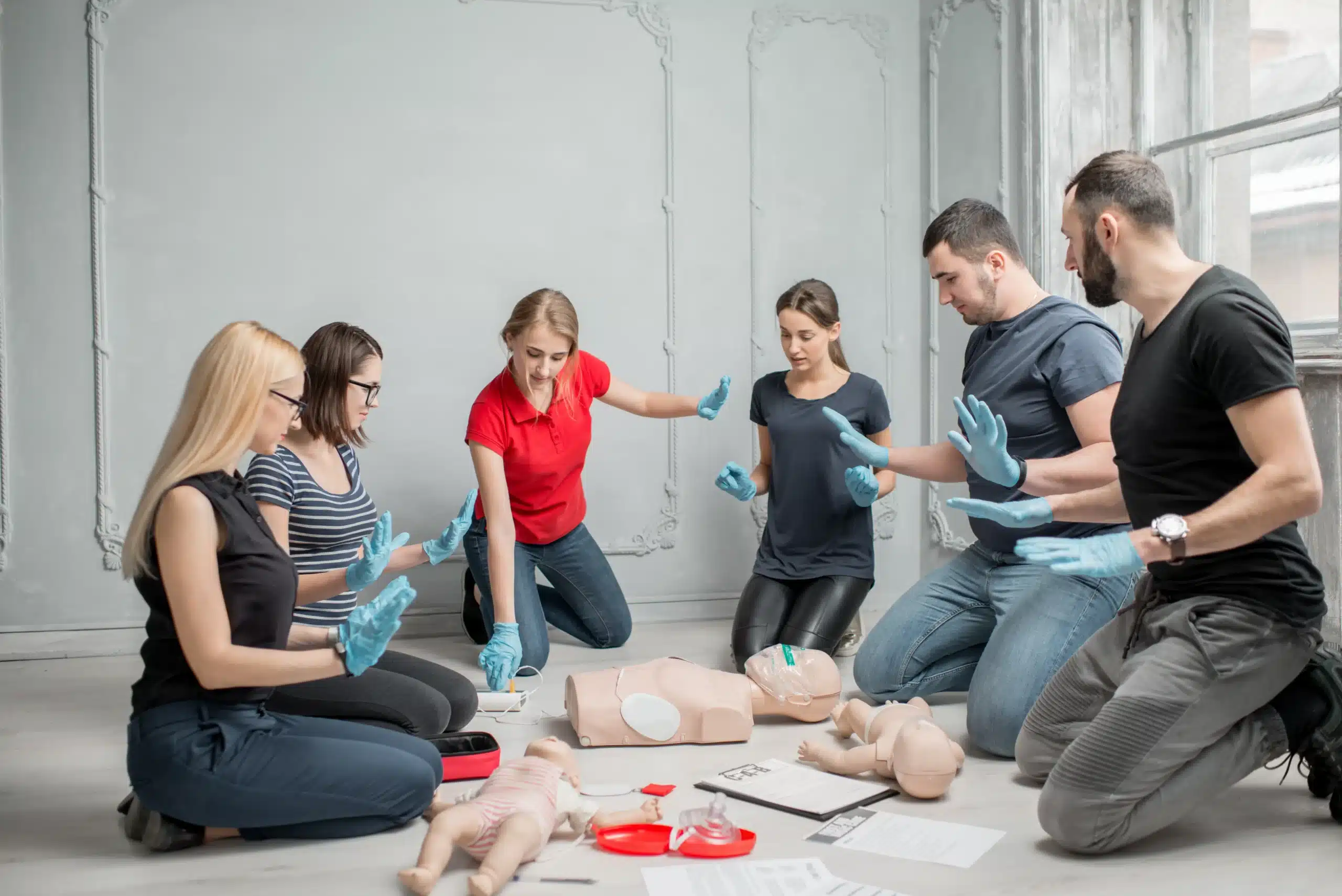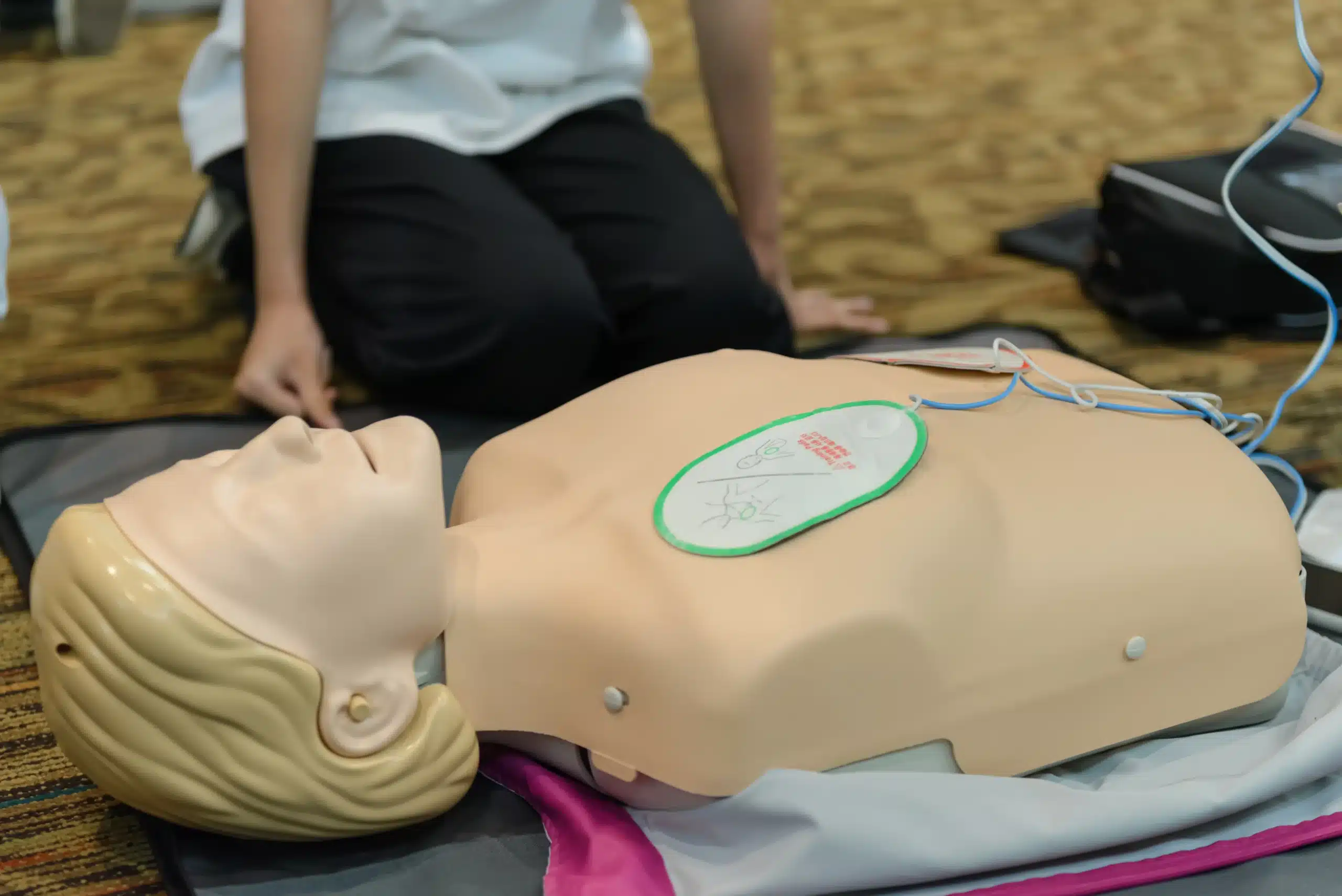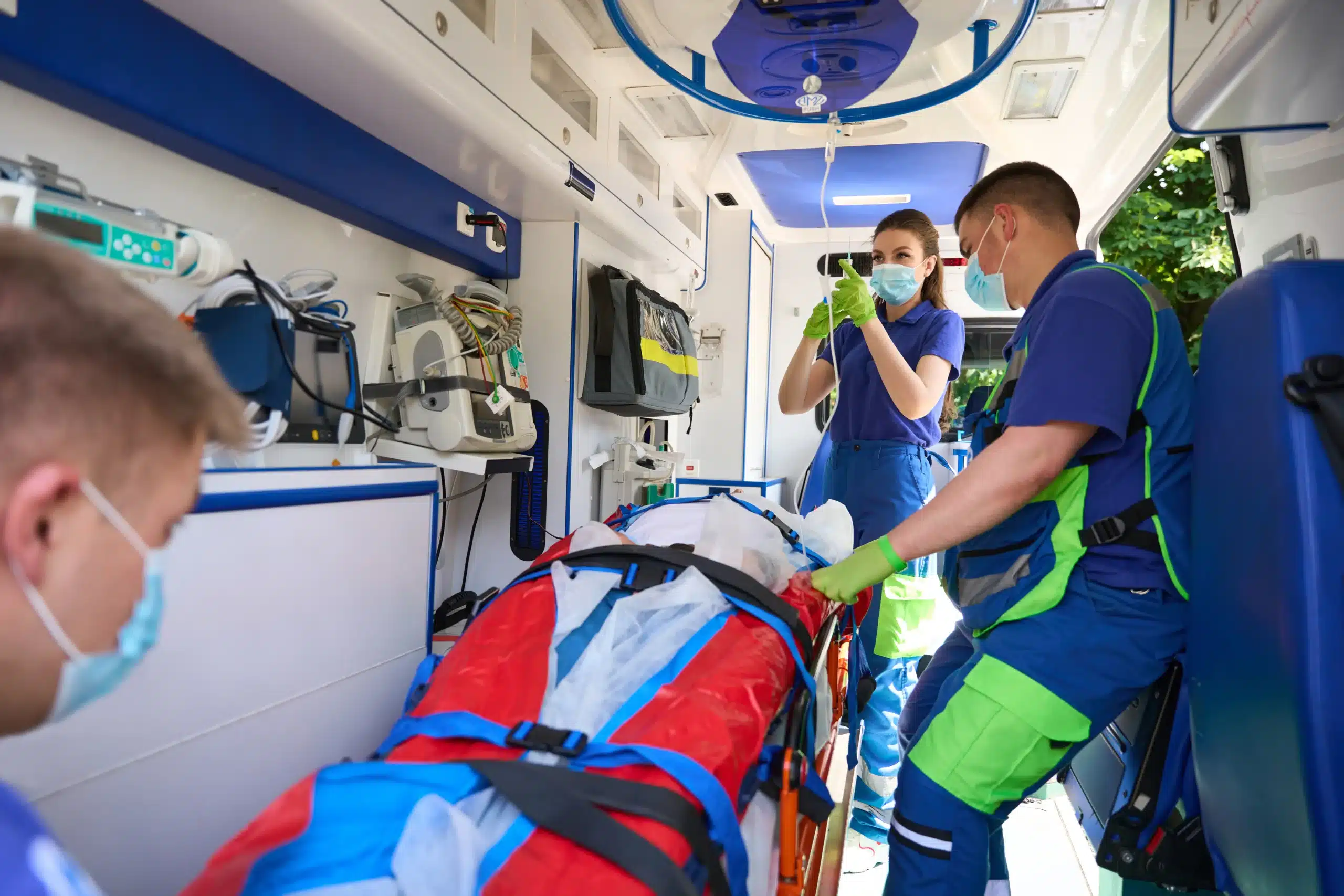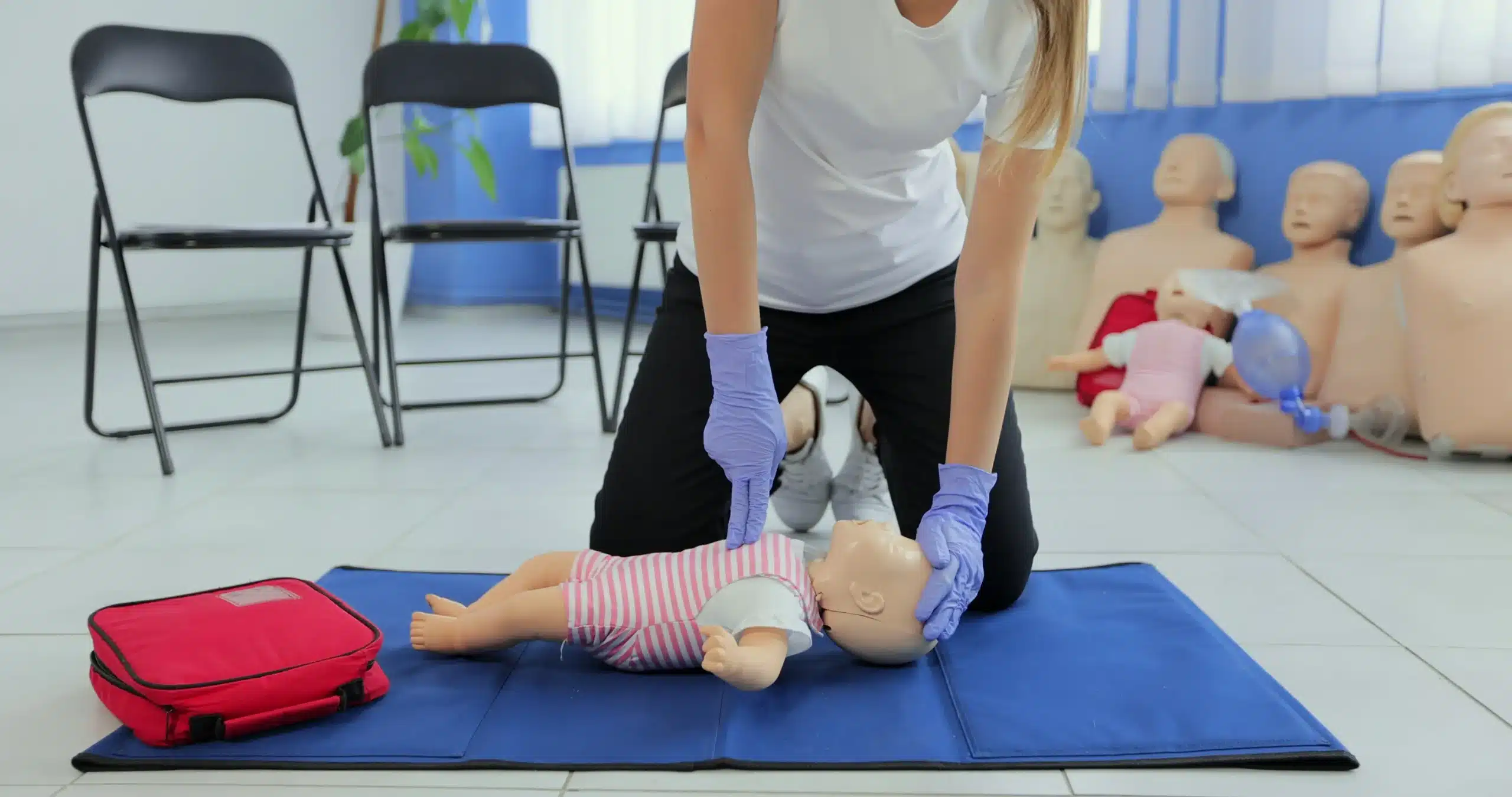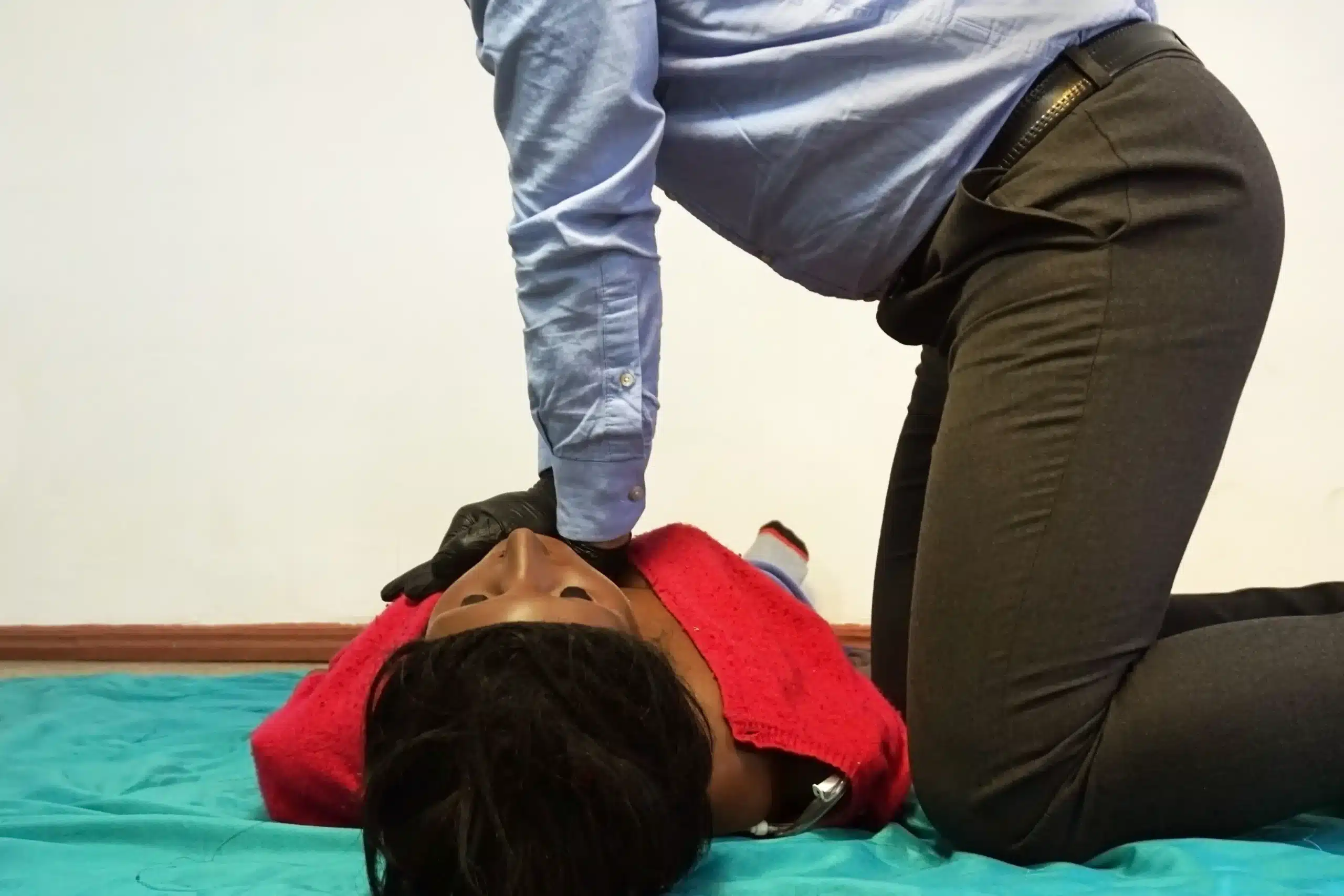BLS certification in Berkeley is more than just a credential—it’s a powerful tool that empowers you to make a real difference in someone’s life. This training provides the skills and confidence to respond effectively in medical emergencies, providing crucial care until professional help arrives. This article serves as your comprehensive guide to BLS certification in Berkeley, covering everything from the basics of BLS to the specific courses and providers available in the area. We’ll also discuss the benefits of BLS certification, the different course formats, and how to choose the right program for your individual needs.
Key Takeaways
- BLS certification empowers you to act: It provides the essential skills to respond confidently to medical emergencies, from CPR and AED use to recognizing emergency signs. Explore various course formats to find one that suits your learning style and schedule.
- Choose a course that fits your needs: AHA-accredited programs with experienced instructors offer high-quality training. Consider local providers for more personalized attention and convenient scheduling.
- BLS certification is a valuable investment: It enhances your career prospects, especially in healthcare, and makes you a vital asset in your community. Research various providers and explore potential discounts to find a course that aligns with your budget.
What is BLS Certification in Berkeley?
Getting your BLS certification in Berkeley means you’re learning the fundamental skills to respond to life-threatening emergencies. It’s a nationally recognized credential, demonstrating you know how to provide critical care until more advanced medical help arrives. This certification is essential for many healthcare professionals and increasingly valuable in various other fields.
What is BLS and why is it important?
Basic Life Support (BLS) training gives you the skills to manage airways, use an AED, and work effectively as part of a team during emergencies. Think of it as the foundation for responding to cardiac arrest and other critical situations. Those first few minutes can drastically impact a person’s chances of survival, making quick, effective action crucial. For more information, visit our BLS for Healthcare Providers page.
How BLS benefits healthcare professionals and others
BLS certification is a must-have for many healthcare roles, including doctors, nurses, paramedics, and other medical professionals. It equips you with the essential skills to handle emergencies confidently and provide the best possible care. BLS training is also valuable for anyone outside of healthcare—teachers, childcare providers, fitness instructors, or even concerned family members. Learning CPR, how to use an AED, and how to recognize the signs of an emergency makes you a valuable asset in any situation, whether at work, at home, or out in the community. Our Northern California CPR Directory offers additional resources.
What skills and techniques will you learn?
In a BLS certification course, you’ll learn techniques tailored to different age groups—infants, children, and adults—ensuring you can provide appropriate care for anyone needing assistance. The core skills covered include high-quality CPR, proper use of an AED, and techniques for helping someone who is choking. You’ll also learn how to recognize the signs of a medical emergency and work effectively with others in a crisis. We offer a range of RQI classes for efficient certification. Contact us to learn more about our programs and our low price guarantee.
Where to Get BLS Certified in Berkeley
Finding the right BLS certification course in Berkeley depends on your schedule, learning style, and budget. Here’s a rundown of some popular options:
Safety Training Seminars
Safety Training Seminars offers American Heart Association (AHA) certified courses in CPR, BLS, ACLS, PALS, and First Aid throughout Northern California. They focus on affordability and convenience, serving San Francisco and the greater Bay Area, including Berkeley. Their streamlined approach, featuring the AHA’s RQI program, makes them a solid choice for those looking for a fast and efficient certification process.
Berkeley CPR Classes
Berkeley CPR Classes provides AHA-certified CPR, BLS, ACLS, PALS, and First Aid courses. With classes held daily at their Berkeley location and over 60 other Northern California cities, they offer plenty of scheduling flexibility. This makes them a convenient option for busy professionals and students. Contact them directly to learn more about their programs.
American Red Cross
The American Red Cross offers a blended learning approach to BLS training. This combines online modules with in-person skills sessions, allowing you to learn the theoretical material at your own pace before practicing hands-on techniques. This format can be a good fit for those who prefer a more flexible learning environment.
UC Berkeley University Health Services
UC Berkeley University Health Services offers CPR and BLS training primarily for students and staff. If you’re affiliated with the university, this can be a convenient and cost-effective option. Check their website for specific course offerings and eligibility requirements.
Other local providers
Several other local providers offer BLS certification in Berkeley. Many offer blended learning courses, combining online learning with an in-person skills check-off. Researching these smaller providers can often uncover personalized training experiences and competitive pricing. A good starting point is to explore a local CPR directory for more options.
BLS Course Formats and Requirements
Getting your BLS certification is more straightforward than you might think, thanks to the flexible course formats available. Let’s break down the options and what you need to know.
In-person, online, and hybrid options
The American Heart Association understands that people learn in different ways and have varying schedules. That’s why they offer several paths to get your BLS provider card. In-person classes provide hands-on training and direct interaction with an instructor. For those who prefer learning at their own pace or have limited availability, online courses offer a convenient alternative. Many providers also offer blended learning—sometimes called hybrid courses—which combine online modules with an in-person skills session led by an American Heart Association instructor. This approach allows you to learn the theoretical material online and then practice your skills in a real-world setting. Safety Training Seminars offers a variety of these options, so you can choose the format that best suits your needs.
Course length and scheduling
One of the best parts of BLS certification is how efficiently it’s delivered. Most BLS courses, including renewals, are designed to cover the training materials, skills testing, and certification card processing within a reasonable timeframe. Check with your chosen provider—like Safety Training Seminars—for specific course durations and schedules. They often offer weekend and evening classes to accommodate busy professionals.
Prerequisites and enrollment
There are typically no prerequisites for enrolling in a BLS course. Whether you’re a healthcare professional, a student, or someone who wants to be prepared for emergencies, a good BLS certification course provides comprehensive training, blending hands-on skills practice with the knowledge you need. Enrollment is usually a simple process, often handled online through the provider’s website. Contact Safety Training Seminars directly if you have any questions about enrolling.
Certification validity and renewal
Your BLS certification is valid for two years. After that, you’ll need to take a recertification course to stay up-to-date with the latest guidelines and maintain your credentials. This ensures that your skills and knowledge remain sharp, allowing you to provide effective care in emergency situations. Safety Training Seminars offers various renewal options to make this process seamless.
How Much Does BLS Certification Cost?
Knowing the price range for BLS certification helps you budget and find a course that fits your needs. Several factors influence the cost, so let’s break them down.
Typical costs and value
BLS course costs in Berkeley and the greater San Francisco Bay Area fluctuate based on the training provider, whether you choose online, in-person, or blended learning, and what’s included in the program. Some courses bundle study materials or offer renewal discounts, impacting the overall price. Think about what learning style suits you best and what extras would be helpful as you compare prices. Earning your BLS certification provides essential life-saving skills. Learning CPR, how to use an AED, and how to recognize emergencies makes you a valuable asset at work and at home. Check our Northern California CPR directory for more information on local providers.
Discounts and promotions
Many organizations offer discounts for students, military personnel, or groups. It’s always worth asking about potential price breaks. Look for providers who offer payment plans or discounts if you’re recertifying. Safety Training Seminars offers a low price guarantee on our courses. We also offer the convenient and efficient RQI program for American Heart Association certifications.
Career impact and healthcare opportunities
BLS certification is a smart investment in your career, especially in healthcare. It’s often a prerequisite for jobs in hospitals, clinics, and other medical settings. For current healthcare professionals, maintaining your BLS certification demonstrates your commitment to providing high-quality patient care. This specialized training can open doors to more advanced roles and responsibilities. Contact us today to learn more about how BLS certification can benefit your career.
Find the Right BLS Course
Finding the right BLS course means considering a few key things to ensure you get high-quality training that meets your needs and prepares you for real-world situations. Let’s break down what to look for:
Accreditation and Recognition
First, confirm the course is accredited by a reputable organization like the American Heart Association (AHA). The AHA offers several ways to get your BLS card, including in-person and online courses, making the training accessible. This accreditation is often a requirement for many healthcare jobs and volunteer positions.
Instructor Qualifications and Teaching Style
A skilled instructor makes all the difference. Look for instructors with real-world experience and a passion for teaching. Consider factors like accreditation, instructor experience, and schedule flexibility to find the best fit. A good instructor creates a supportive learning environment and provides personalized feedback. Don’t hesitate to ask about an instructor’s background and teaching style before signing up.
What Makes Local Providers Unique?
Local providers, like Safety Training Seminars, often offer smaller class sizes, more personalized attention, and the chance to connect with other professionals in your area. They can also be more flexible with scheduling and offer courses tailored to local healthcare needs. Safety Training Seminars, for example, provides AHA-certified CPR, BLS, ACLS, and PALS courses. This local focus can be invaluable for building your professional network.
Tips for Choosing the Best Course
Choosing the best BLS course requires some research. A good BLS certification course provides comprehensive training, blending hands-on skills practice with the knowledge you need to respond effectively in emergencies. Read reviews from previous students to understand the instructor’s teaching style and the course quality. Also, ask about the course materials. Look for providers offering interactive teaching tools and realistic simulations. Finally, consider the course schedule and location. By researching and comparing different courses, you can find the perfect fit for your learning style and professional goals.
Related Articles
- BLS Courses in Berkeley: The Complete Guide – San Francisco Bay Area CPR Classes
- Basic Life Support (BLS) in Berkeley CA: Top Courses
- BLS Classes in Oakland: A Complete Guide
- BLS Courses in Oakland: A Certification Guide
- BLS Classes in Sacramento: A Complete Guide
Frequently Asked Questions
Is BLS certification required for my job?
While this blog post doesn’t offer specific career advice, BLS certification is often a requirement for many healthcare positions and recommended for other professions involving public safety or childcare. It’s best to check with your employer or professional licensing board for specific requirements in your field.
What’s the difference between BLS and CPR certification?
CPR is a core component of BLS training. BLS builds upon CPR by adding essential skills like using an AED, managing airways, and working effectively within a team during a medical emergency. Think of BLS as a more comprehensive approach to life support.
How long does it take to get BLS certified?
BLS courses are designed to be efficient. The exact duration depends on the format (in-person, blended, or online) and the specific provider, but you can often complete certification within a single day.
How often do I need to renew my BLS certification?
BLS certification is typically valid for two years. Renewal courses are available to keep your skills current and maintain your certification status.
What if I don’t live in Berkeley? Can I still take a BLS course through one of the providers mentioned?
Many of the providers listed, including Safety Training Seminars, serve a wider area within Northern California. Check their websites or contact them directly to see if they offer courses in your location.


